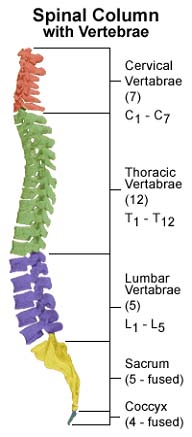Glossary
Spinal angiography
Procedure producing extremely detailed image of blood flow in spinal veins and arteries. A catheter is inserted and guided under x-rays into individual arteries which supply the spinal cord and adjacent bone and muscle. Pictures are taken separately under x-ray.
Myelography
A diagnostic imaging procedure to look for problems in the spinal canal, including the spinal cord, nerve roots, and other tissues. It uses a contrast dye and X-rays or computed tomography (CT) to provide detailed images when traditional x-rays have proven inconclusive.
Atherosclerosis of spinal arteries
Thickening, hardening, and loss of elasticity of the walls of spinal arteries resulting from an accumulation of white blood cells. This restricts blood flow causing discomfort and additional health risks.
Antiphospholipid antibody syndrome (APS)
Antautoimmune disorder whereby the immune system makes antibodies which damage phospholipids causing blood clots. APS may lead to a stroke, heart attack, kidney damage, deep vein thrombosis, or pulmonary embolism.
Cardiogenic emboli
An embolus (blood clot) which begins at the heart and travels to another organ, most frequently the brain. This may cause a stroke or several other complications.
Vasculitis
A group of disorders primarily caused by white blood cell migration which cause inflammation and destroy blood vessels. It is a consequence of an autoimmune disorder thus treatment is usually directed at suppressing the immune system.
Spinal cord injury without radiographic abnormality (SCIWORA)
A spinal cord injury (SCI) with no evidence of injury present on x-rays. Common causes are spinal degradation, spinal disk hernias or hematomas near the spinal cord, or blood clots which do not show on x-ray.
ABCD prioritization scheme
A system for establishing a hierarchy of goals to be accomplished. A to-list can be classified from A (urgent / essential) to D (supererogative – nice but not necessary). Establishing priorities assists focus and aids in accomplishing objectives.
DREZ lesion therapy
Dorsal Root Entry Zone (DREZ) lesioning is a type of surgery used to treat nerve pain when conservative treatments have failed. The surgery destroys the area where the damaged nerve joins the central nervous system.

